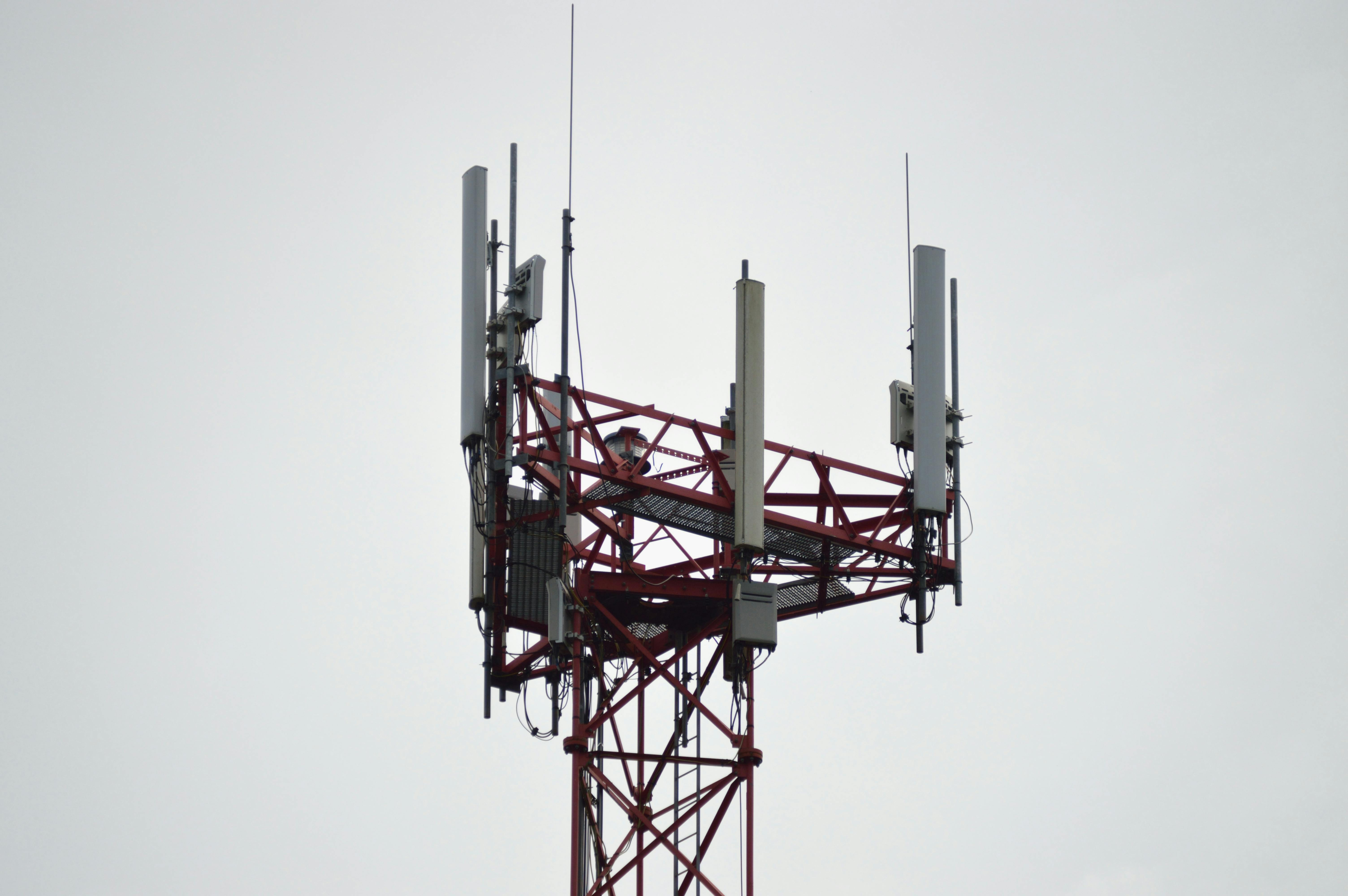Man has been using animal products since time immemorial. Honey is one of those animal products used by humanity since history. The various qualities of honey have been mentioned in the literature, as well as by many eminent workers. Honey is obtained from the tiny, tiny honey bees. Bees teach us the lesson of work, work and work cooperatively. It is fascinating to think that for just one pound of honey the bee travels nearly twice the distance of the earth’s circumference and pollinates twelve thousand flowers a day.
Honey bees belong to the class Insecta and order Hymenoptera. They are scientifically named as Apis. Honey bees are highly organized social insects with a well-developed division of labor. They are active throughout the year but in winter they do little work. In the spring season, they build strong colonies with honey-rich combs that can be easily seen hanging from tree branches, house roofs, etc. they communicate with each other by performing a wiggle dance as described by the eminent biologist Karl Von Frish.
Each honey bee colony has between forty and fifty thousand individuals spanning three castes: queen, drone, and worker. The queen after fertilization lays fertilized and unfertilized eggs. Unfertilized eggs become drones and the fertilized egg becomes a queen when fed royal jelly and larvae that do not feed on royal jelly become workers.
The Queen is a well developed fertile female with immensely developed ovaries and is present in each hive in a single number. She is the mother in the real sense and is guarded by various attendants and her only function is to lay eggs. She is 15-20mm long and can be recognized by her long tapered abdomen, short legs and wings. She is not capable of producing honey and wax. She has an ovipositor for egg laying and lays 1,500 to 2,000 eggs per day. The queen mates only once in her life and stores the drone sperm in her spermatheca. The queen’s life is about five years and she lays about 1,500,000 eggs. She feeds on royal jelly for her entire life. When a queen ages or dies, a new queen is given all the responsibilities of the colony. A new queen is formed when a worker feeds on royal jelly. A queen takes 18 days to develop from egg to adult.
The workers are the smallest of the three castes in the colony and are actually the real machinery for the proper functioning of the colony. They also develop from the fertilized egg laid by the queen in the worker cell. They take 21 days to develop from egg to adult. their entire lifespan is about six weeks. The workers are sterile females that sacrifice their lives for the welfare of the colony. Outdoor and indoor tasks are performed only by them and for this they have some specially modified body parts: long proboscis to suck nectar, strong wings to fan themselves, pollen basket to collect pollen, powerful stinger to defend the colony from predators , wax puffs for the secretion of wax. The bees that take care of the young and the queen are called nursery bees, those that work in the construction and repair of the honeycomb are called builders and repairers. The workers also carry out the storage and maturation of the honey.
The male members of the colony are referred to as the King’s Drone. They develop from unfertilized eggs and take 24 days to develop into adults from the eggs. They lack wax and sting glands, but have well-developed reproductive organs. Their sole function is to fertilize the queen, and they are often seen begging the workers for food. they live in special chambers called drone cells. A drone dies after copulation.
The first swarm is led by the elderly queen and the second swarm is led by the seven-day-old virgin queen, followed by a series of drones called the matrimonial flight or nuptial flight. Only one male mates with the queen and dies and falls to the ground. The fertilized queen then returns to the colony and begins to lay eggs. She lays one egg in each cell. The eggs are pink, elongated, and attached to the bottom of the cell. Post-emergence larvae are fed for five days by worker bees and then the cell is sealed for pupation. After three weeks, the adults emerge as workers and are sent out on outdoor tasks. Only one larva becomes a queen that feeds on royal jelly. Drones develop from unfertilized eggs.
The honey is sweet in taste and its color varies from white to black with a variable odor. The nectar, pollen and cane sugar are mixed by the saliva of the honey bees and undergo an enzymatic action and are collected in the honey sack until they reach the hive. When the bee arrives at the hive, this compound is regurgitated into the hive and is called honey and is now concentrated by a strong current of air by a rapid flapping of the wings. Chemically honey is composed of levulose, dextrose, maltose, pigments, enzymes, ash and water. honey has both medicinal and nutritional value.
Honey bees are also a good source of beeswax. It is yellowish gray in color, insoluble in water but completely soluble in alcohols and ethers. it is a natural secretion of worker bees shed into fine, delicate flakes and is a complex mixture of hydrocarbons. It has a good commercial value. Honey bees and honey have good commercial value. Beekeeping and breeding for commercial production is called beekeeping. This practice has developed in many countries around the world.
